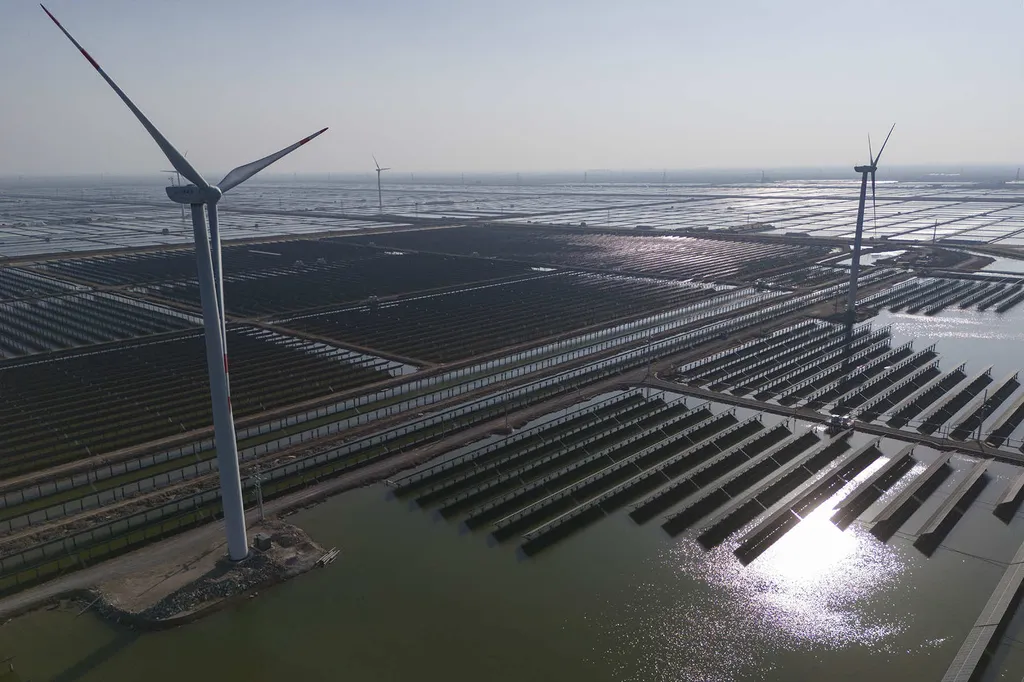In the heart of China Agricultural University, a team of researchers led by Longgang Ma has been working on a groundbreaking innovation that could revolutionize the way we approach energy autonomy in agricultural machinery. Their latest research, published in the journal *Energies* (which translates to “Energies” in English), introduces a self-powered sensing system that harnesses the power of planetary gears and triboelectric nanogenerators to create a sustainable energy solution for corn seeders.
The system, dubbed EPTG, is a composite self-powered sensing system that combines a planetary gear system with a triboelectric nanogenerator (P-TENG) and an electromagnetic generator (EMG). This ingenious design leverages the speed-increasing characteristics of planetary gear systems and employs flexible gear teeth design to adapt to various working conditions. The result is a system that can achieve multiple transmission ratio combinations, providing stable power input for composite power generation units and significantly improving mechanical energy capture and conversion efficiency.
“Traditional monitoring devices often rely on external power sources, which can be impractical and environmentally unadaptive during corn sowing,” explains Ma, the lead author of the study. “Our system addresses these issues by generating its own power, making it a sustainable and reliable solution for agricultural monitoring.”
Under typical operating conditions, with the seeder operating at an average speed of 25 rpm, the EPTG can consistently deliver 105 mW of power. This power is more than sufficient to operate the monitoring unit equipped with integrated infrared sensors and temperature/humidity sensors. The system’s low-power program design and a 900 mAh energy storage battery ensure that the monitoring unit can operate on self-generated power, eliminating the need for external power sources.
The implications of this research extend beyond the agricultural sector. The energy sector, in particular, stands to benefit from this innovative approach to energy autonomy. The EPTG system’s ability to generate its own power and adapt to different working conditions makes it a promising solution for various applications where external power sources are impractical or unavailable.
Moreover, the system’s durability and stability, as demonstrated in the experimental results, make it a reliable choice for long-term use. This could pave the way for more sustainable and efficient agricultural practices, ultimately contributing to food security and environmental conservation.
As we look to the future, the EPTG system offers a glimpse into the potential of self-powered sensing systems. Its success could inspire further research and development in this area, leading to more innovative solutions for energy autonomy in various sectors.
In the words of Ma, “This research provides a practical solution for energy self-sufficiency and operational precision in agricultural intelligent equipment. It may have application value in related areas, and we are excited to explore these possibilities further.”
With the publication of this research in *Energies*, the stage is set for a new era of self-powered sensing systems. The journey towards energy autonomy has taken a significant step forward, and the agricultural and energy sectors are poised to reap the benefits.

